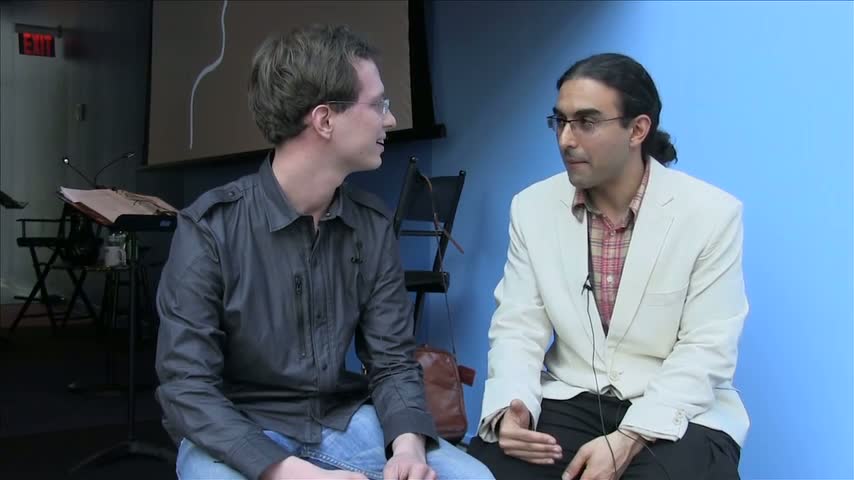You are viewing a clip of this video, click to Join. Members, click to Log in.
|
|
||||
When you sign up for Storylogue, you will also enjoy:
Can you explain the core event and the core emotion in the epic?
Aug 24, 2014
What is the purpose of jumping back and forth between multiple storylines within a feature film or TV episode?
Aug 17, 2014
What characterizes a sado-masochistic relationship?
Aug 16, 2014
Do you have any tips for writing a treatment that really sells?
Aug 10, 2014
How does writing an episode for a procedural crime show differ from writing a feature film thriller?
Jul 31, 2014
What's the best way to pitch a new story for television? Should I prepare a full script?
Jul 29, 2014
Do I have to be able to tell a story well verbally in order to be a good storyteller in my writing?
Jul 28, 2014
 Now Playing
Now Playing










 Requires
Requires
Now, if the discussion was about comics, graphic novels, etc., then of course you would need to discuss the principles of photography and still image to tell a story. But of course, you could even talk about those principles in *moving* images. This question was about still photos. Not sequences of any kind.
A recent documentary from Mr. burns worth viewing to see how the technique is applied is called 'The National Park - America's Best Idea - great historical story and amazing wilderness footage.
Also if you want to learn how to do this technique go to Lynda.com it is a creative training website. There is a product called Moving Over Stills - instructor Larry Jordan - it is worth the purchase.
Hope this helps you.
Warmest,
Birddog
Geoff makes an interesting point when considering the super-hero films and then there's "Road To Perdidtion", the comic transferred on to film starring Tom Hanks.
“ The potential energy expressed in his tightly- wound pose, expressing the moment of stasis just before release.” ( see pic if you can or just google Discobulus).
/Users/elizabeth/Desktop/220px-Discobulus.jpg